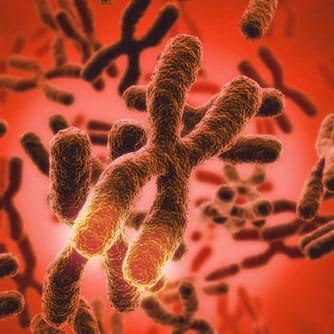Telomeres are the end caps of chromosomes, protecting the DNA complexes from deterioration during cell division. Telomere shortening is considered a marker of cellular aging, and the process is thought to be governed by the enzyme telomerase. Victoria Lundblad, from the Salk Institute (California, USA), and colleagues have discovered an on-and-off “switch” in cells that may enable the, to keep dividing and generating new tissue, even in old age. Using the yeast Saccharomyces cerevisiae, the researchers observed that immediately after the full telomerase complex has been assembled, it rapidly disassembles to form an inactive “disassembly” complex — essentially flipping the switch into the “off” position. The team speculates that this disassembly pathway may provide a means of keeping telomerase at exceptionally low levels inside the cell. Although eroding telomeres in normal cells can contribute to the aging process, cancer cells, in contrast, rely on elevated telomerase levels to ensure unregulated cell growth. The “off” switch discovered here may help keep telomerase activity below this threshold. The study authors report that: “The balance between the assembly and disassembly pathways, which dictate the levels of the active holoenzyme in the cell, reveals a novel mechanism by which telomerase (and hence telomere homeostasis) is regulated.”
On-Off Switch for Aging Cells
Timothy M. Tucey, Victoria Lundblad. “Regulated assembly and disassembly of the yeast telomerase quaternary complex.” Genes Dev., October 1, 2014 28: 2077-2089.
RELATED ARTICLES




